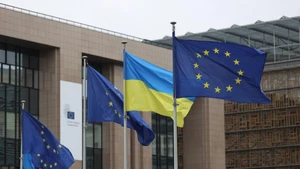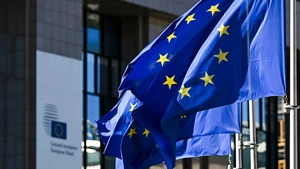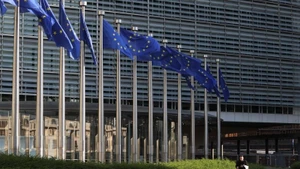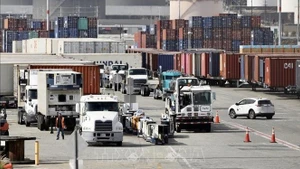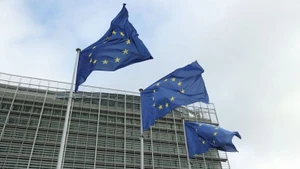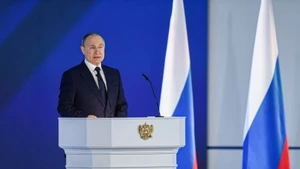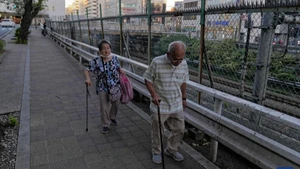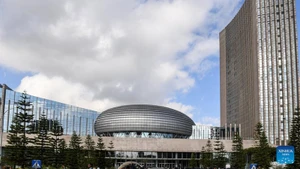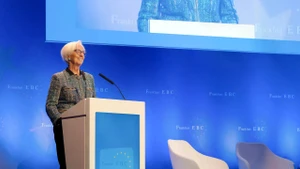Located near Manaus — the largest city in the Amazon — six towering steel rings rise above the treetops, each surrounding between 50 and 70 mature trees.
According to the plan, CO₂ will be released at levels reflecting projected climate scenarios for future decades. The data obtained from this “time machine” will allow scientists to study how increased CO₂ concentrations affect plant life, forming the basis for assessing the adaptive capacity of the vast Amazon ecosystem.
In fact, experiments on the effects of climate change on vegetation have been conducted in various regions, but AmazonFACE represents a “new frontier.”
The “new frontier” that scientists refer to carries deep concern, as the effort to preserve the Earth’s “green lungs” has reached a critically important point to prevent the worst consequences.
Ahead of the 30th Conference of the Parties (COP30) to the United Nations Framework Convention on Climate Change (UNFCCC), hosted by Brazil and scheduled to take place from November 10 to 21, UN Secretary-General Antonio Guterres emphasised in a media interview: “We do not want to see the Amazon turn into a savanna!”
The “Amazon turning into savanna” scenario, warned of by the UN leader, reflects the growing concern that humanity may fail to keep global temperature rise within 1.5 degrees Celsius — and must immediately change course. He also urged world leaders attending COP30 to seriously assess that the longer emission cuts are delayed, the greater the risk of crossing catastrophic “tipping points” in the Amazon, the Arctic, and the world’s oceans.
Never before have scientists’ warnings about the climate crisis been so urgent. As the world prepares for COP30 in Brazil, the global average temperature has temporarily exceeded 1.5 degrees Celsius above pre-industrial levels — the threshold once defined by the 2015 Paris Agreement as the “safe limit” for humanity.
Nearly ten years after the Paris Agreement, 2024 was confirmed as the hottest year in recorded history — and alarmingly, 2025 may break that record. A succession of natural disasters — wildfires, droughts, floods, and heatwaves — has proven that climate change is no longer a distant threat but a stark and immediate reality.
However, as the UN Secretary-General candidly admitted, despite increasingly urgent warnings about rising global temperatures, many government pledges still fall short of expectations. At COP28 in the United Arab Emirates (UAE) in 2023, countries agreed to gradually transition away from fossil fuels, but real-world progress remains sluggish.
Against this backdrop, Brazil — the COP30 host — is striving to become one of the world’s “green flags.” The country has pledged to cut greenhouse-gas emissions by 59–67% by 2035 compared with 2005 levels and is calling on the international community to act swiftly, showing concrete and responsible commitments in the fight against climate change.
Climate finance remains a “hot spot” in negotiations, as developing nations demand tangible resources for adaptation and mitigation, while major economies stress shared responsibility. Brazil hopes that this year’s conference will unlock greater funding to help developing countries cope with climate impacts.
Supporting Brazil’s call for nations to move from words to action and mark a global turning point, the UN affirmed that the top priority at COP30 is a change of course. Adjusting the global trajectory is deemed essential to ensure that, even though global warming has already exceeded 1.5 degrees Celsius, it remains “as low as possible” to avoid reaching catastrophic tipping points.
Acknowledging the many challenges ahead, the United Nations affirmed that it will not abandon its goal, noting that the world may “temporarily overshoot” the target but must make concerted efforts to bring global temperatures back down to 1.5 degrees Celsius by the end of the century.
COP30 is a critical milestone for the world to reset its emission-reduction goals, accelerate the energy transition, and scale up global climate finance. On the eve of COP30, the question “Where does the world stand on the 1.5 degrees Celsius pathway?” is not only a climate benchmark but also a measure of political will and global solidarity.
Keeping temperature rise below the danger threshold is not the task of a single nation — it is the shared responsibility of all humanity.

